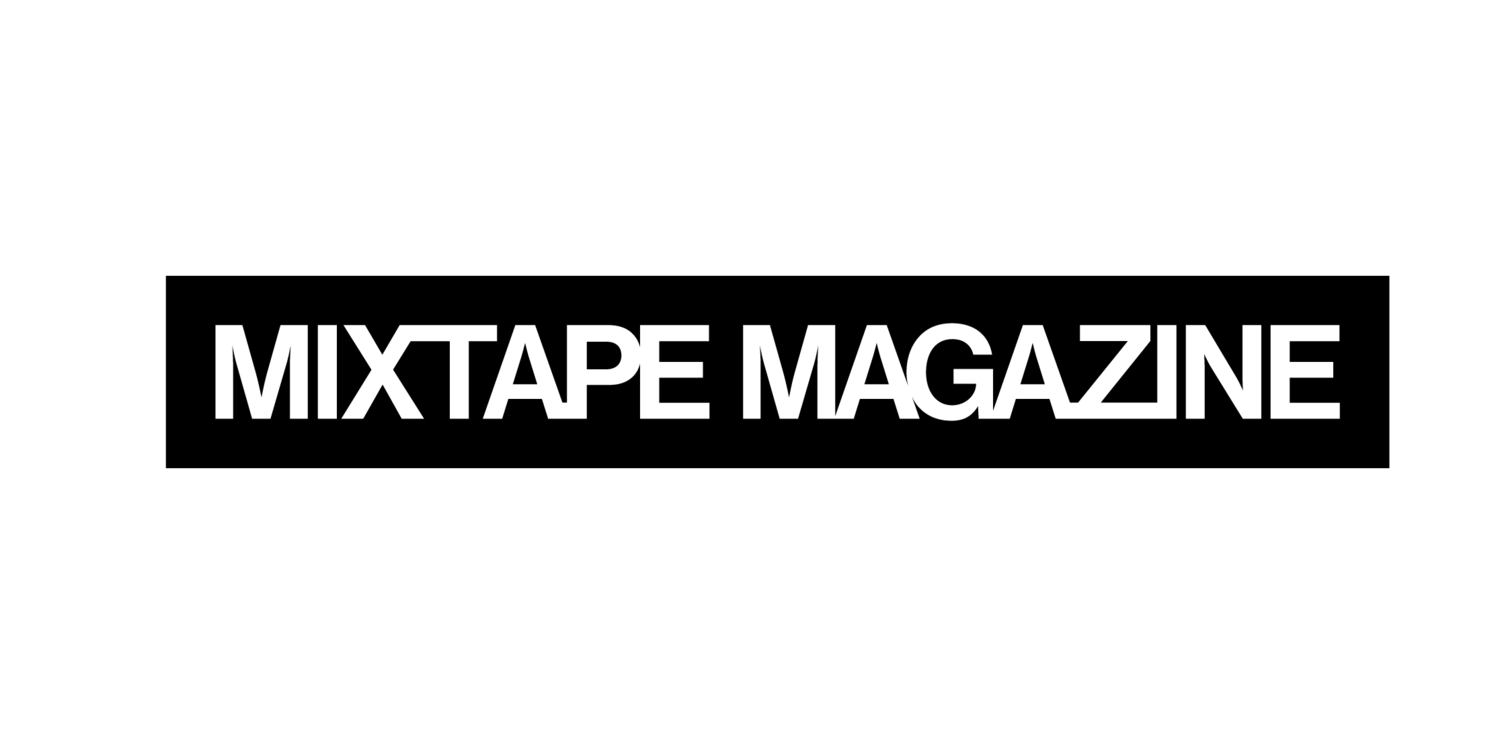The Notorious Induction into Rock & Roll Hall of Fame
A glimpse into the significance of a long-awaited moment for a legendary rapper.
by: Devyn Imholt
“Hip-hop is arguably the most popular genre in the world, so why is it still stigmatized by many areas of the popular media?”
Twenty-two years after his death, hip-hop legend Biggie Smalls is being nominated for induction into the Rock and Roll Hall of Fame in Cleveland, Ohio. From the surface, this nomination feels like an achievement given the amount of time Biggie has still been remembered. However, the fact that Biggie (if inducted) will join only a handful of other hip-hop artists within the museum highlights a different issue. Hip-hop is arguably the most popular genre in the world, so why is it still stigmatized by many areas of the popular media?
To be nominated for the Rock and Roll Hall of Fame, an artist must have had a significant body of work twenty-five years into the past. Biggie is now being nominated because his album Ready to Die was released in 1994, twenty-five years ago. If inducted Biggie will join Tupac Shakur, Grandmaster Flash and the Furious Five, Run-DMC, the Beastie Boys, Public Enemy, and N.W.A. as the only hip-hop acts within the museum.
At surface level this seems like a legitimized and fair rule. But, there are numerous important hip-hop albums that were released that same year and prior. 1994 was also the year Outkast’s debut album Southernplayalisticadillacmuzik and Nas’ Illmatic were released, two albums that are universally recognized as classics within the hip-hop genre. Neither Outkast nor Nas received a nomination for their work. Wu-Tang Enter the Wu-Tang (1993), A Tribe called Quest's the Low End Theory (1991), Snoop Dogg’s Doggystyle (1993) and other projects by the Roots, KRS-One, Eightball and MJG, and LL Cool J were all released before 1994 without resulting in a nomination for any of these artists.
In 2017 Nielsen’s year-end-report depicted that Hip-hop had become the most popular genre in the world. The Rock and Roll Hall of Fame has acknowledged some of the pioneers of the genres, but certainly has some work to do. If the Hall of Fame wants to truly represent popular music, they cannot do so without acknowledging rap at a proportionate rate to other genres, especially as it has taken over the globe. Without the success of many of the artists mentioned, the genre could not have gotten to where it is today. It is promising that Biggie has the prospect to join the other hip-hop artists that have been inducted, but it is important that the hip-hop community not forget all the rap artists who did not receive a nomination.
Next year Mobb Deep’s The Infamous, Goodie Mob’s Soul Food, Bone Thugs-N-Harmony’s E. 1999 Eternal, Big L’s Lifestylez ov da Poor & Dangerous, and Naughty by Nature’s Poverty’s Paradise all turn twenty-five. It’ll be intriguing to see how many, if any at all, of these artists receive a nomination. Regardless, it seems that no matter how popular rap has become, its artists are still not being recognized like artists from other genres. Maybe it’s because the genre originated in the Bronx. Maybe it’s because its pioneers don’t look like Green Day or the Beatles. Or maybe it’s because the Rock and Roll Hall of Fame wasn’t designed to recognize hip-hop. Maybe the founders never realized the power hip-hip would hold. Nethertheless, it’s amazing how far hip-hop has come, but hip-hop is not new. It has been popular. It has been important. And it’s time the people who got the genre to the place it is now, get the recognition they deserve. All of them. Not just the handful the Rock and Roll Hall of Fame deems worthy.

